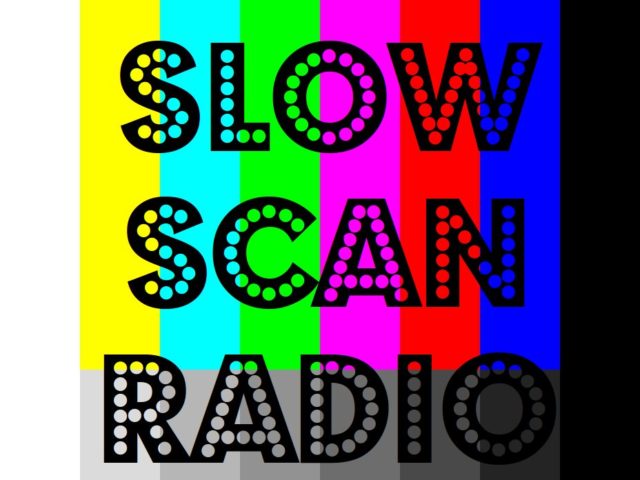Most recent software packages for SSTV on ham radio bands will work fine. I use both MMSSTV and QSSTV myself for the show (the first is a Windows program that does work fine under Wine on Debian systems.like Ubuntu, Mint et cetera. QSSTV is native for Linux and can be installed on many systems using package managers (for instance Synaptic) or using apt-get or similar when using a terminal window.
If you have Android than the app “Robot 36” is a good choice, on iOS you can use CQ SSTV.
The apps often even perform better, especially with QRM than the PC programms. I have no idea why.
If you can choose to use an audio cable, then do! You might however have fairly good result with a microphone for the receiver speaker. Please keep the distance between speaker and mic as short as possible, and also use the lowest audio level that will work. Too much audio causes “ghost” images (pictures that are vageu and have double edges), because of reflections of the audio in the room where you are.
Data
For the data I use Fldigi. Other choices will also work in most cases. Some modes might not be in other programs or might be exclusive for Fldigi. The same as with SSTV goes for data concerning using an audio cable. But the faster mode’s might only work using such a cable.
There also is an Android version of Fldigi, which has a somewhat limited operation, this app is called AndFlmsg.
Software:
MMSSTV:
http://hamsoft.ca/pages/mmsstv.php
Fldigi for PC:
http://www.w1hkj.com/
Android version:
http://www.w1hkj.com/vk2eta
